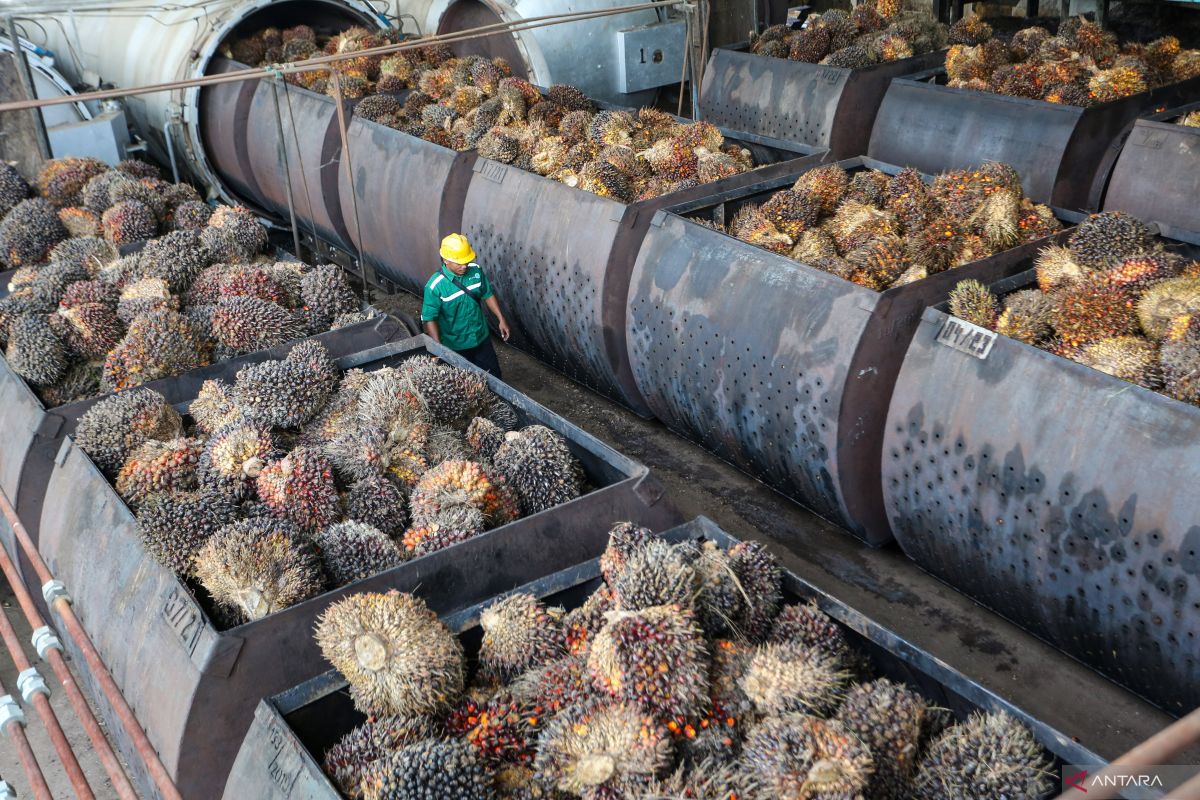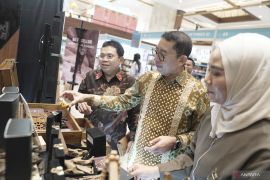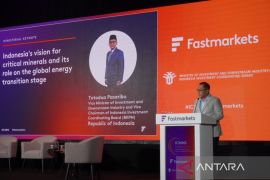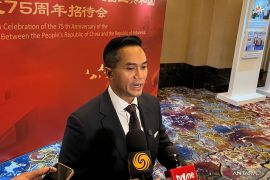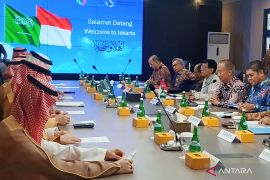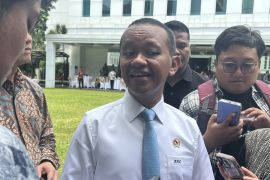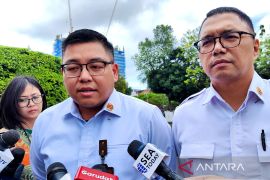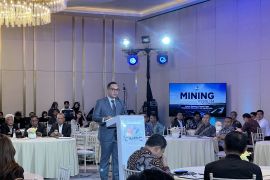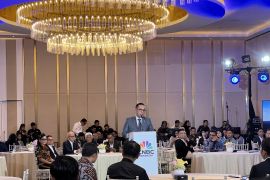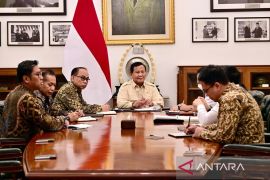"While it is still dominated by minerals, especially nickel, it's a significant share," he said in a statement released on Thursday.
He noted that the ministry is actively promoting downstream development across several sectors, including plantations, palm oil, and marine resources such as seaweed.
"In essence, it's about 30 percent of all incoming investment. Beyond plantations and palm oil, which are already underway, we're also focusing on downstreaming in the marine sector, particularly seaweed," he added.
Indonesia is the world's second-largest producer of seaweed and the top producer of tropical seaweed. The government considers the downstreaming of seaweed not only highly valuable but also impactful, as it involves a large number of seaweed farmers across the country.
"Downstreaming creates added value. The goal is to maximize it, which, in turn, creates better, higher-quality jobs — something we still need to work on," Rosan said.
The Investment Coordinating Board (BKPM) reported that downstream investment in the second quarter of 2025 reached Rp144.5 trillion (US$8.86 billion), marking a substantial year-on-year increase.
Downstream sectors contributed 30.2 percent of the total national investment realization in Q2 2025, which amounted to Rp477.7 trillion.
The largest contributor was the mineral sector with Rp96.2 trillion, followed by plantations and forestry at Rp36.3 trillion, oil and gas at Rp10.7 trillion, and fisheries and marine at Rp1.3 trillion.
The top five provinces for downstream investment were Central Sulawesi, West Java, North Maluku, West Nusa Tenggara, and East Java.
Related news: Investment ministry reviews profiles of incoming investors
Related news: Indonesia's downstreaming attracts African, South American interest
Translator: Aji, Azis Kurmala
Editor: Anton Santoso
Copyright © ANTARA 2025
